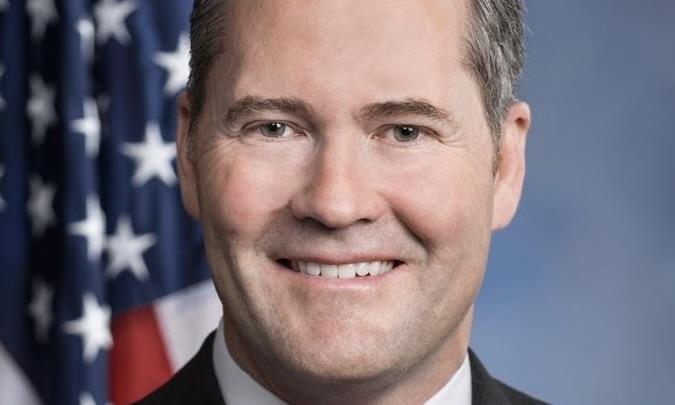On Thursday night, Elon Musk, the billionaire CEO of Tesla, showed off the company’s new fleet of robotaxis called Cybercabs, electric vehicles meant to shuttle passengers without drivers.
Musk made the announcement at a highly-anticipated event at the Warner Brothers movie lot in Burbank, California. He arrived by being picked up by the autonomous cab, a matte gray vehicle that looks like a Cybertruck with more rounded edges, with no steering wheel or pedals inside, and doors that open upward like butterfly wings. Musk also teased a larger version of an autonomous vehicle called the Robovan, which can hold up to 20 people.
“With autonomy, you get your time back,” he said. “This is a very big deal.”
He said the Cybercabs would go on sale by 2026 and cost below $30,000 — though Musk has repeatedly blown past product launch dates. (He’s promised a robotaxi fleet every year since 2019.) “I tend to be a little optimistic on time frames,” he said at the event, before adding that it would be available “before 2027, I’ll put it that way.”
Musk also said he expects the company to launch fully autonomous driving in California and Texas next year. He estimated that the Cybertrucks could cost as low as $0.20 per mile to operate, compared to $1 per mile for a city bus.
In showing off the new models, Musk laid out what he sees as a new vision for Tesla, beyond mainly making and selling electric vehicles and developing AI and autonomous software. The boost would be welcome: The company’s EV sales have dipped 2.3% this year as it has lost market share to other electric car makers, particularly in the U.S.
The announcement puts Musk and Tesla in direct competition with Waymo, the self-driving car outfit of Google parent Alphabet. But Waymo, a pioneer in autonomous vehicles, that’s years ahead, with a massive war chest from Alphabet, which has already invested $10 billion into the project in the last decade. The service has launched in San Francisco, Phoenix and Los Angeles, with planned expansions into Austin and Atlanta. Meanwhile, Cruise, part of General Motors, resumed autonomous driving testing this summer after an accident in San Francisco last year in which a Cruise car hit and dragged a pedestrian.
Tesla has dealt with its own share of controversy when it comes to its driving software. In April, a Tesla using the company’s supervised “Full Self Driving” feature, which is not fully autonomous, hit and killed a motorcyclist near Seattle, police said.
Thursday’s event was streamed on X, the social platform Musk owns, to more than 3.3 million viewers. It started almost an hour late because a person in the crowd had a medical emergency, Musk wrote on X.
At the event, Musk also showed off an updated version of the company’s Optimus humanoid robots, which he said would cost $20,000 to $30,000 after they starting to build them at scale, but did not provide a timeframe for their release.
He said the Optimus robots would be serving drinks at the event. They’ll eventually be able to babysit, mow your lawn or get your groceries, he claimed. “I think this will be the biggest product ever of any kind,” Musk said.
At the end of his presentation, Musk directed the crowd to a gazebo, where a group of Optimus robots danced to Haddaway’s “What is Love?”












